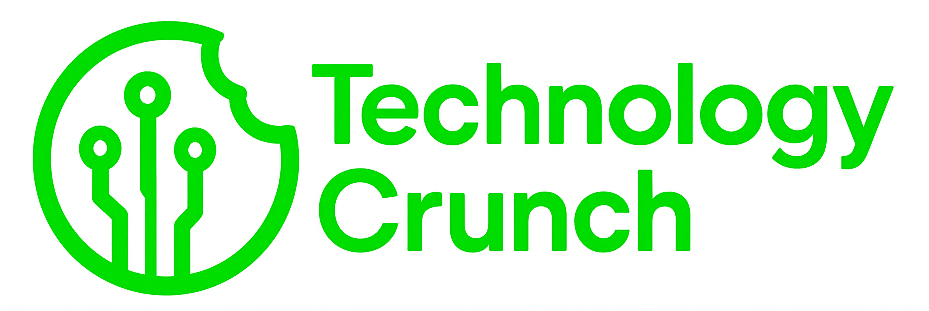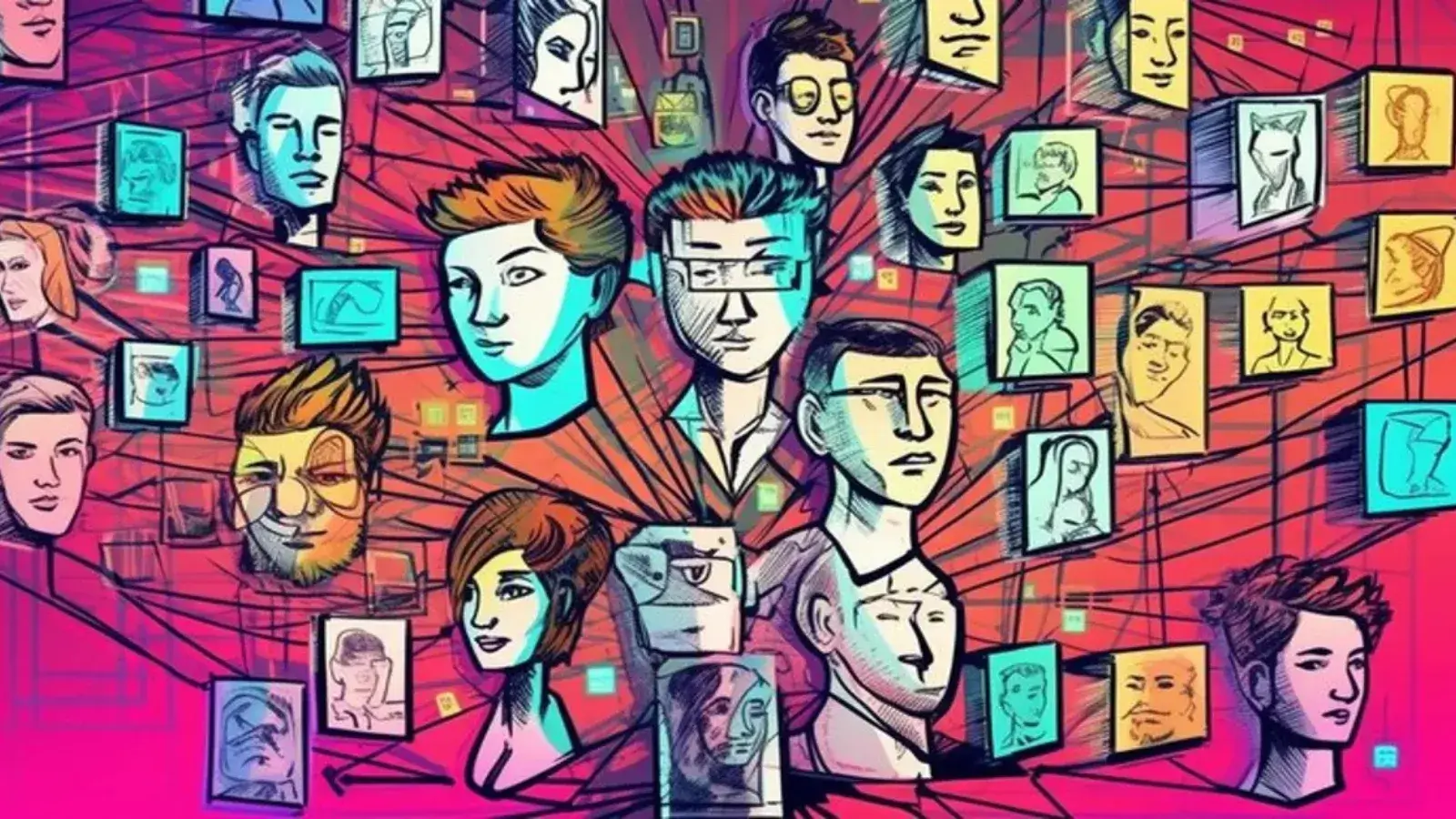In the boundless sea of internet terminology, niche brands, emerging ideas, and cryptic names, some terms stand out for their mystery alone. Caricatronchi is one of those rare examples—strange, captivating, and intriguing enough to warrant a deeper exploration. Whether it’s a name born from digital culture, an underground movement, or an innovative concept just beginning to take root, caricatronchi continues to generate whispers across forums, social channels, and niche communities online.
But what does caricatronchi actually represent? Is it an abstract creation, a coded alias for a digital personality, a prototype project veiled in secrecy, or simply an evocative invention meant to stir curiosity?
This article seeks to unpack the layered intrigue behind this term—not through rigid definitions or over-analysis, but through a thoughtful narrative that examines its growing cultural presence, speculated origins, and possible meanings in today’s internet-native society.
The Curious Appeal of Names Without Definitions
The digital world thrives on identity. Every app, project, meme, or platform requires a name, and in an age where everything is already labeled, coined, or claimed, inventing new terminology becomes an art form. That’s perhaps where caricatronchi first entered the picture—not as something instantly understandable, but as something that asked more questions than it answered.
The name itself resists easy classification. It isn’t rooted in English, doesn’t clearly relate to a known product, and doesn’t belong to any major media brand, platform, or commercial identity at the time of this writing. Yet despite its ambiguity, it spreads.
It appears in usernames, hashtags, cryptic tweets, obscure comment threads, and concept blogs. Some believe caricatronchi is code for a long-awaited project. Others treat it as a blank canvas—something undefined and therefore open to infinite interpretation.
The power in that is undeniable. Because when a term holds no clear anchor, it can become whatever people want it to be.
The Internet’s Relationship With Invented Language
Part of caricatronchi’s appeal lies in how it fits into the internet’s broader love affair with made-up words. From brands like Google and Kodak to web creations like “memeplex” or “yeet,” internet users often embrace words that didn’t exist until someone—on a whim or with strategic intent—decided they should.
And like these other words, caricatronchi isn’t burdened by prior associations. There’s no historical baggage, no legal complications, and no immediate competitors. That freedom allows the term to morph over time, whether it evolves into a new media entity, a creative brand, or simply a cultural marker left behind in niche online spaces.
Many digital creators actively seek such names—terms that feel unique enough to stand out in search engines, versatile enough to cover a range of content, and abstract enough to feel futuristic. On this front, caricatronchi has serious potential.
Possible Interpretations of Caricatronchi
Since the term defies direct translation or common usage, speculation fills the gap. Some online discussions suggest that caricatronchi could be a hybrid word—a fusion of “caricature” and something robotic or abstract, perhaps “tron” or “techni.” This interpretation paints a picture of a digital entity—possibly something animated, distorted, or exaggerated in form.
Others have explored more whimsical interpretations. Could it be the name of a fictional city, a metaverse construct, or a character in an experimental graphic novel? Without concrete context, all possibilities remain valid.
Then there are those who assign philosophical weight to the word, imagining it as a metaphor for the absurdity of modern internet culture—where identity is exaggerated, reality is bent through filters, and authenticity is often synthetic.
However it’s interpreted, the consistency lies in its intrigue. Caricatronchi is neither bland nor forgettable, which is part of what keeps it alive in people’s minds, even if only as a question waiting to be answered.
A Mirror of Meme Culture?
Meme culture thrives on randomness. Words, images, and references are often pulled from obscurity and given viral life through collective recontextualization. Caricatronchi may very well fall into this category—a name that has gained minor traction not because of a single viral event but because it keeps appearing subtly, like a digital ghost peeking through the cracks of comment threads and usernames.
The beauty of such names is their democratic power. Nobody owns it, yet everyone can use it. It’s malleable, abstract, and unclaimed—perfect ingredients for meme-fication.
Could it be the next “Shrekposting” or “Dogelore”? Perhaps. Its fate depends less on who first used it and more on who uses it next—and how creatively they can bend it to fit their digital narrative.
Could It Become Something Bigger?
Here’s the real question: is it just a word—or is it the seed of something greater?
It’s easy to imagine it becoming a creative project. Its syllabic rhythm is catchy, and its ambiguity gives creators enormous flexibility. It could be a music project, an AI art engine, a comic series, a podcast, or even a brand of crypto-themed fashion (stranger things have happened online). It wouldn’t be the first time an undefined internet term evolved into something big.
Think about names like “Reddit,” “Tumblr,” or “Humble Bundle”—at some point, each was just a collection of letters without any defined legacy. Then they grew because communities formed around them.
If someone were to launch a brand tomorrow called it, it would already have a strange gravitational pull behind it. People might not know what it is—but they’d want to find out.
The Role of Anonymity and Identity in the Caricatronchi Phenomenon
Part of the name’s magnetism also lies in its anonymity. In an era where personal branding is everything, it stands in opposition. It doesn’t demand to be known or seen. Instead, it plays with ambiguity—reminding us that the internet was once a place where users didn’t always attach bios, real names, or perfectly curated identities to their digital presence.
There’s something nostalgic about that. Something refreshing.
Caricatronchi could be anyone. Or anything. Its undefined nature gives it an identity only when someone chooses to give it one. This open-endedness feels almost radical in a hyper-defined digital world.
Final Thoughts
In the end, maybe it isn’t meant to be solved. Maybe it’s better left undefined, serving as a reminder that not everything online needs an origin story or a Wikipedia entry. In a web ecosystem driven by SEO, algorithms, branding, and structure, perhaps the best part of a word like it is that it floats above all that—untethered, unexplained, and unforgettable.
Whether it becomes a cultural footnote, a blossoming project, or remains an intriguing enigma, its existence reminds us of the internet’s unpredictable beauty. Not everything needs a roadmap. Some things just need curiosity.
And that’s exactly what it inspires.
You May Also Read: Technology Crunch

